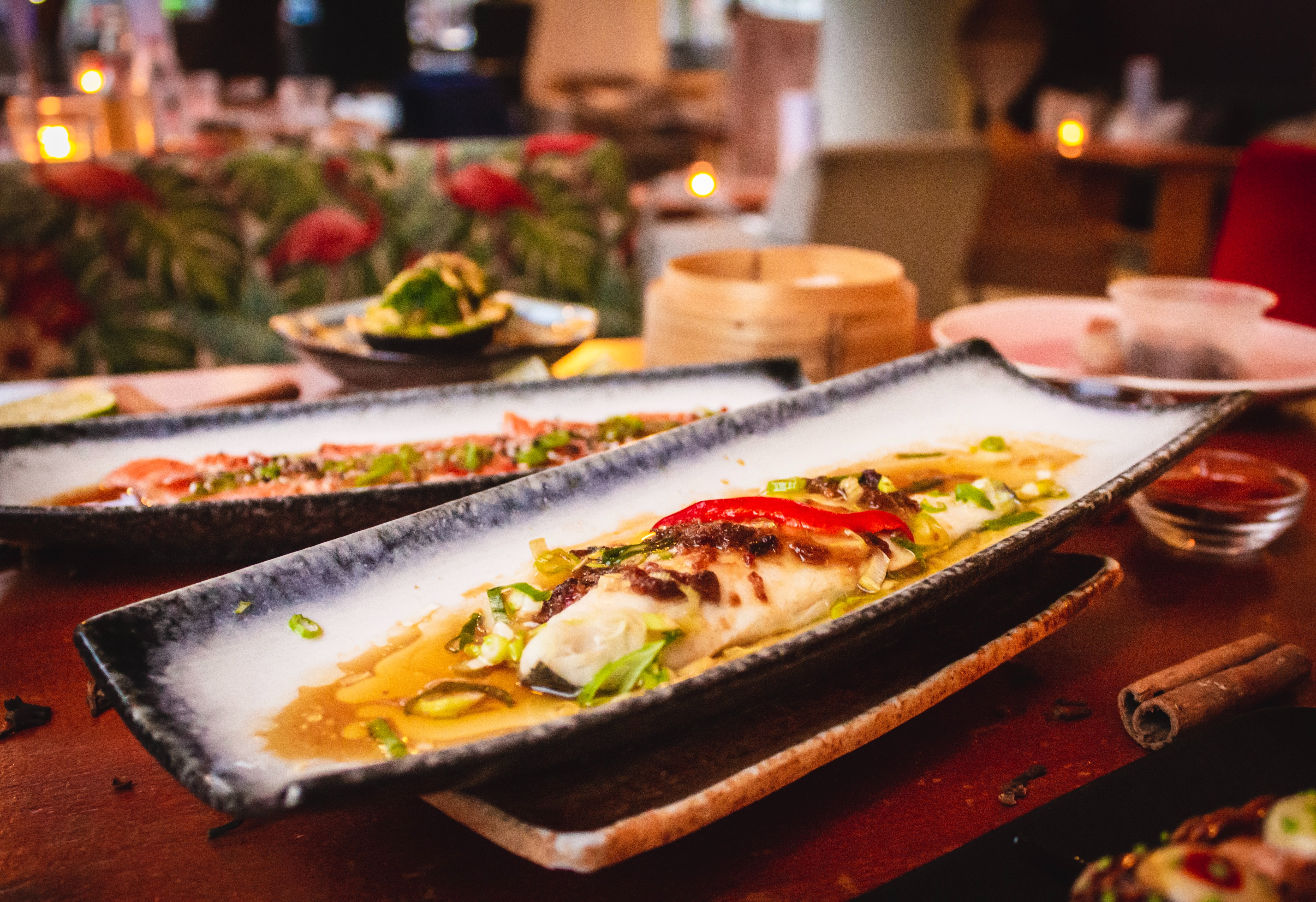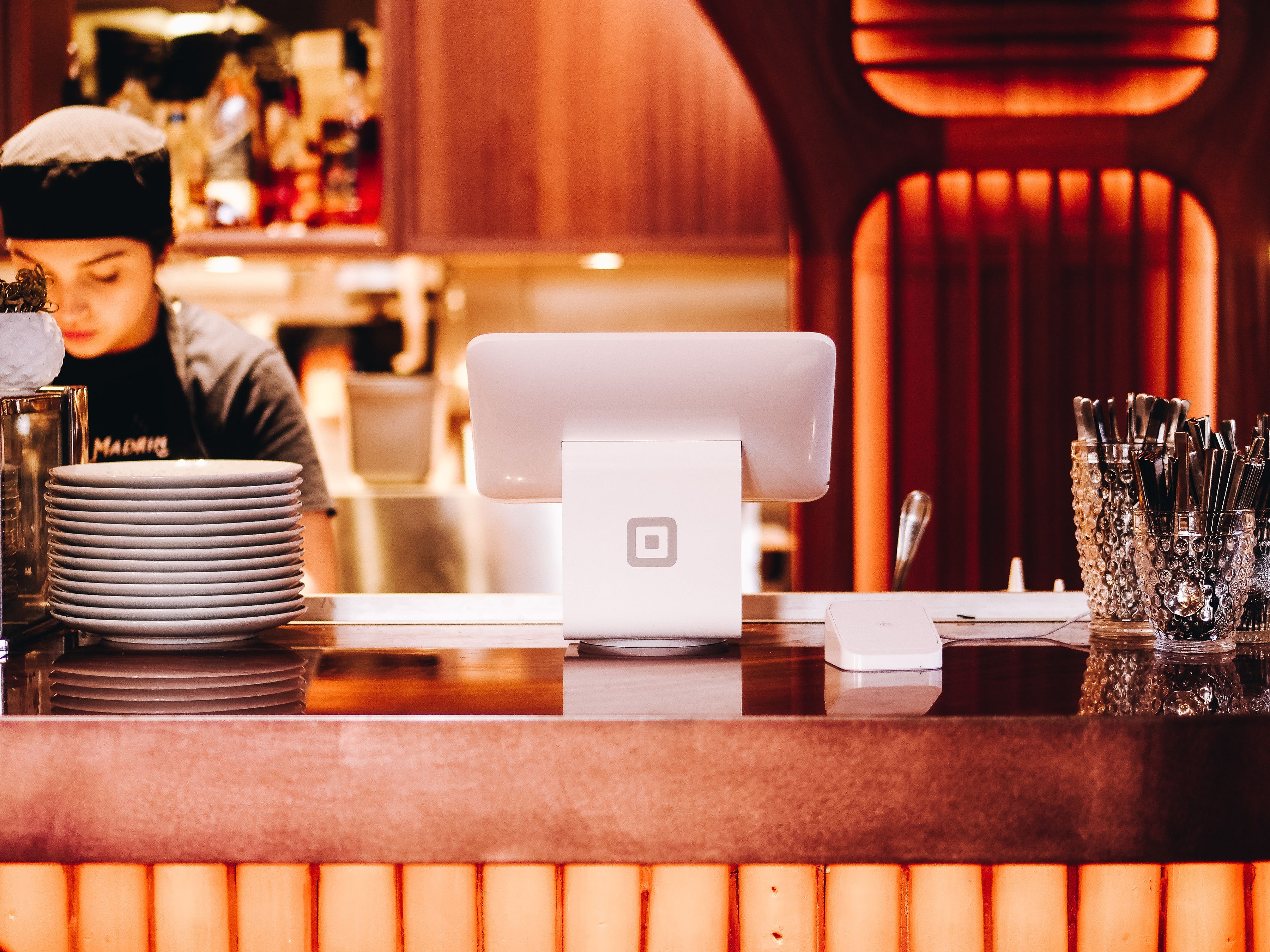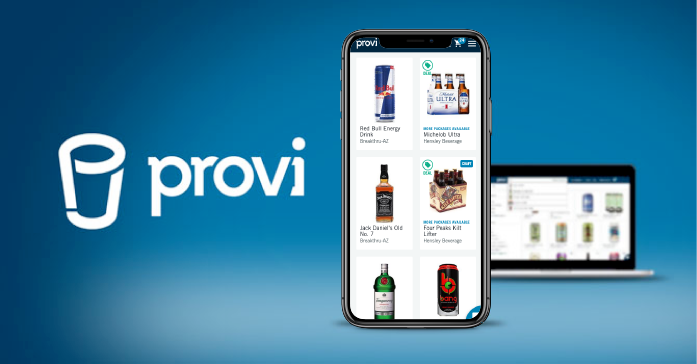Whether you’ve been running your own restaurant for years or you’ve just started brainstorming your niche (gourmet grilled cheese, anyone?), it's important to remember that the restaurant industry is all about numbers.
It’s not enough to just write a restaurant business pitch and then charge full steam ahead. It takes careful planning, adjusting (like to a global pandemic) and keeping an eye on the industry’s best practices.
We’re not going to get into the nitty gritty of legal structures, tax IDs or permits. In this post, we want to highlight some of the most common and important restaurant metrics you should be constantly looking at as you hope to cement and grow your restaurant business over time.
Calculate Your Restaurant’s Food Cost
 People are coming to your restaurant to eat, right? One of the main things you should be checking is your restaurant’s food cost. The average profitable restaurant generates a 28-35% food cost. Before factoring in anything else, this can already chew up a third of your total sales so you want to make sure you accurately calculate your restaurant’s average food cost. Here’s the golden formula:
People are coming to your restaurant to eat, right? One of the main things you should be checking is your restaurant’s food cost. The average profitable restaurant generates a 28-35% food cost. Before factoring in anything else, this can already chew up a third of your total sales so you want to make sure you accurately calculate your restaurant’s average food cost. Here’s the golden formula:
Food cost (equals) Cost of food sales (divided by) Food sales
How do you get there? Luckily the folks at Restaurant Report put together a handy form to follow:
Time frame
Start Date: XX/XX/XXXX
End Date: XX/XX/XXXX
Food Sales (including all non-alcoholic beverages):_______ (A)
Cost of Food Sales
Food Purchases (including all non-alcoholic beverages):_______
Inventory Adjustment
Beginning Inventory:_______
Ending Inventory:_______
Difference_______ (B)
Food Cost =
Line B / Line A =_______ %
Add Up Your Expenses
Running a restaurant isn’t cheap, but let’s get past stating the obvious. Whether it’s buying or servicing equipment, renting out a prime location space, paying your employees, or a whole host of other things that crop up, there’s a lot to break down here.
Average Restaurant Payroll Cost
We’ll start with this since it’s the next highest expense after food cost. The average payroll cost for a restaurant should be around 30% of total food sales, give or take a few percent. Even though the average American tips around 20% for great restaurant service, that’s not as reliable as a steady wage from working hours. Bringing on and paying skilled workers is a crucial factor for a restaurant’s budget and should be top of mind when managing the books.
Average Cost for Restaurant POS Systems
 The Point of Sale system for your restaurant is going to be key for not only managing payments, but helping with inventory management, customer management, accounting and even mobile ordering and delivery. The average restaurant pays anywhere from $60-400 per month for a POS system, not including the upfront cost of $1500-5000 to acquire that system’s physical equipment and set-up.
The Point of Sale system for your restaurant is going to be key for not only managing payments, but helping with inventory management, customer management, accounting and even mobile ordering and delivery. The average restaurant pays anywhere from $60-400 per month for a POS system, not including the upfront cost of $1500-5000 to acquire that system’s physical equipment and set-up.
Square is a reliable option that’s been around since 2009, catering to just about any size of restaurant, ranging from quick service and full service to fast casual or coffee shops. They have three plans to choose from:
- Free at $0/month
- Plus at $60/month
- Premium with custom pricing
Clover is another option that offers flexibility whether you want a Mini, Go or Flex style of POS station. Their systems arrive payments-ready and can facilitate in-store, online or mobile purchasing. You can get set up to take payments for as low as 2.3% and 10 cents/transaction.
Toast is the youngest of these three but it’s proven a popular choice for both small restaurants and those looking to expand their enterprise. Currently rated by G2.com as the #1 restaurant POS solution, Toast has three tiers to select from:
- Starter at $0/month
- Essentials at $165/month
- Growth at $272/month
Average Cost for Restaurant Maintenance and Repair
The “rainy day fund” is something that every restaurateur should know about. No one wants to experience the feeling when your restaurant is at capacity on a Saturday night and an oven breaks or the dishwasher clogs... or maybe it’s just raining really hard and the ceiling springs a leak. Like your apartment or house, restaurants are buildings with appliances too, and they require some routine maintenance and/or replacement! Don’t fret though, the average cost of maintenance and repair should be around 1-3% of total gross sales. It’s not a huge number comparatively, but make sure to tuck it away in the budget or you’ll regret it when you haven’t!
Average Cost for Restaurant Rent
If you’re lucky enough to own the building, then you can move right on to the next section. But if you’re like most entrepreneurs who start up their dream restaurant, you’ll need to find a prime location you can rent out to set up shop. Restaurant rent costs can fluctuate based on a lot of factors, the main one being your area—just like in the housing market, it’s all about location. That being said, the average cost of your total restaurant rent and occupancy cost (including insurance and other taxes) should be between 6-10% of your total gross sales. It’s a balancing act to match the right location and size with what your budget can allow.
Consider Your Revenue
So far we’ve only talked about the most important restaurant expenses, but let’s list out some of the revenue streams, shall we?
The Average Customer’s Yearly Spend at Restaurants
 Since the variety of restaurants is just as diverse as the patrons going out to eat at them, it’s difficult to pinpoint an exact average restaurant bill. When Americans go out to eat, they frequent everything from dive bars and pizza joints to steak houses and white tablecloth restaurants. Finding a reliable average bill among such a crowded field might be hard, so it’s easier to look at the patron’s own average. Focusing on what diners spend annually, Business Insider reported that while it varies from state to state, most Americans dine out 5.9 times a week and spend between $2000-3000 per year.
Since the variety of restaurants is just as diverse as the patrons going out to eat at them, it’s difficult to pinpoint an exact average restaurant bill. When Americans go out to eat, they frequent everything from dive bars and pizza joints to steak houses and white tablecloth restaurants. Finding a reliable average bill among such a crowded field might be hard, so it’s easier to look at the patron’s own average. Focusing on what diners spend annually, Business Insider reported that while it varies from state to state, most Americans dine out 5.9 times a week and spend between $2000-3000 per year.
Average Restaurant Profits
Finally, we come to the big finale of our list. What do restaurants really earn? Is it worth all the blood, sweat and tears? Well to be frank, calculating a restaurant’s average profits is pretty difficult. It doesn’t just come down to whether you run a food truck or fast food joint or full service restaurant, it also depends on what state you’re in and whether you are located in a rural or urban area, among other factors.
The average restaurant profit margin is around 3-5%, but that’s considering the entire industry at large. There are a whole host of variables that could affect your particular business and where it might land at or above that scale. Since we can’t speak to what your specific restaurant might look like, let’s finish this off by going over tips for increasing restaurant profitability.
- Decrease Costs!
Increase profit by decreasing costs—sounds pretty straightforward, but it’s worth putting here first. Take a look at your vendors and see if you can get better pricing elsewhere. Make smarter decisions to control inventory waste. Streamline schedules and create an efficient group of employees. There’s more than likely one or two areas you can tighten up to cut down on wasted spending. - Take Advantage of Tech
Is your POS system working as hard as it could? Modern point-of-sale systems do more than just accept payments—they help employees serve their customers better, allow the front and back of the house to communicate and can even facilitate online orders. Speaking of online tech, you can also improve your beverage ordering system by taking it online with Provi. The all-in-one marketplace lets restaurants take the disorder out of beverage ordering so you can spend more time on your customers and running your restaurant.
Speaking of online tech, you can also improve your beverage ordering system by taking it online with Provi. The all-in-one marketplace lets restaurants take the disorder out of beverage ordering so you can spend more time on your customers and running your restaurant. - Think About a Menu Redesign
Do you have 10 varieties of club sandwich on your menu? What about a crowd pleaser that doesn’t sell as often as it should? You could narrow your menu capacity and keep costs down with a more specific food inventory. Adjusting the design of your menu could call out specific items and play into buying habits. If you haven’t yet, incorporate the “Golden Triangle” into your menu, putting the big profit margin items at the top left, top right and middle of the menu.



Comments